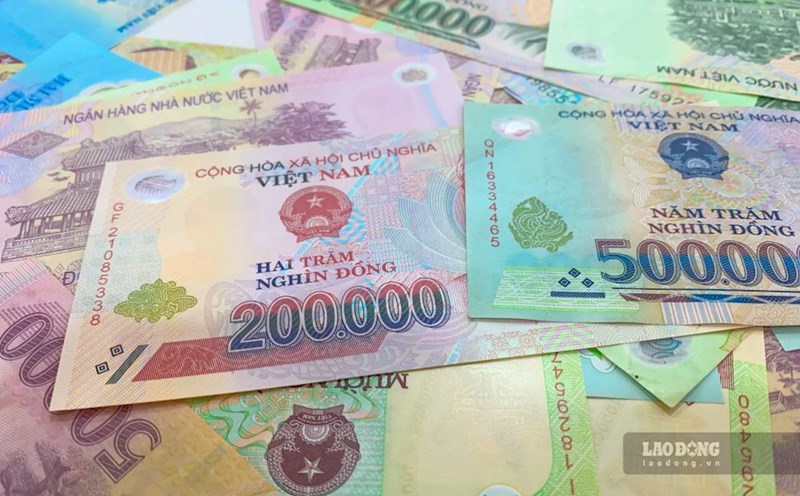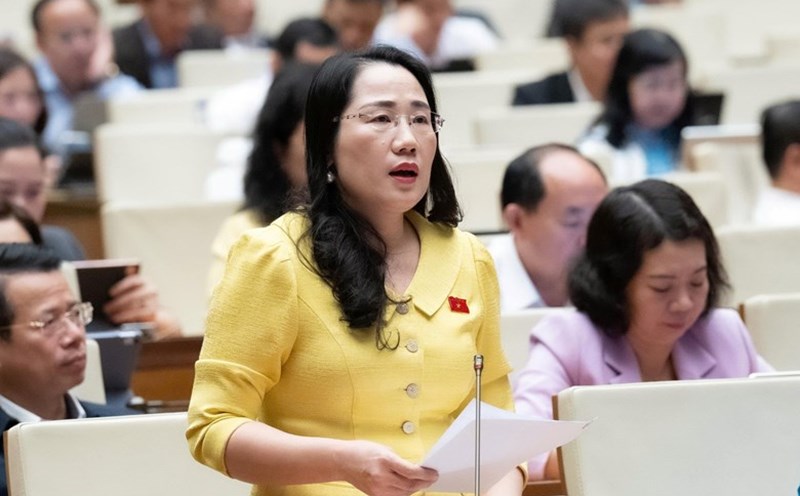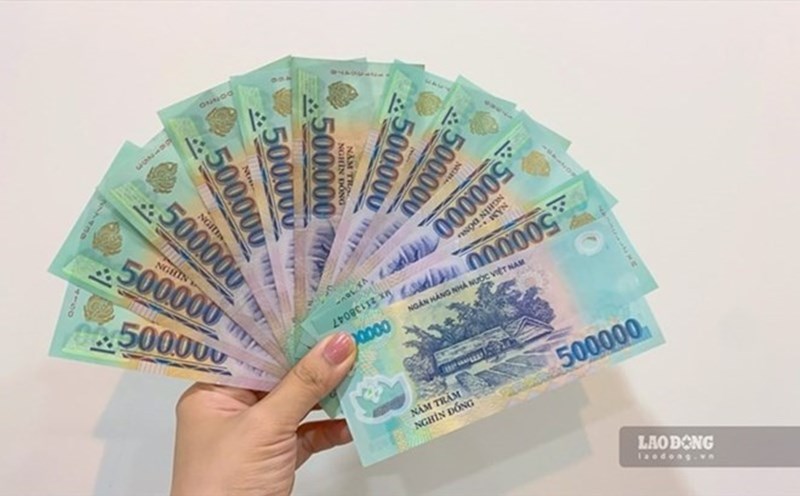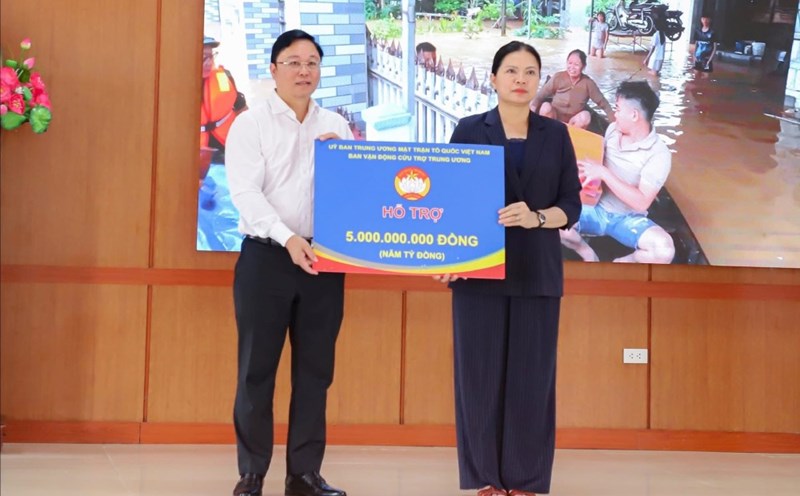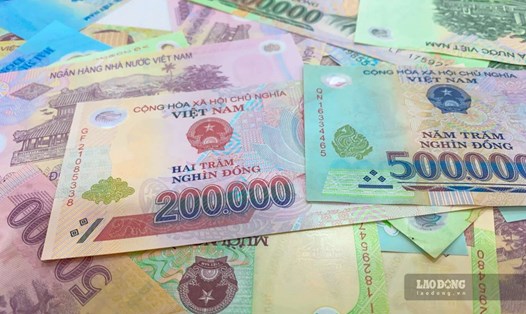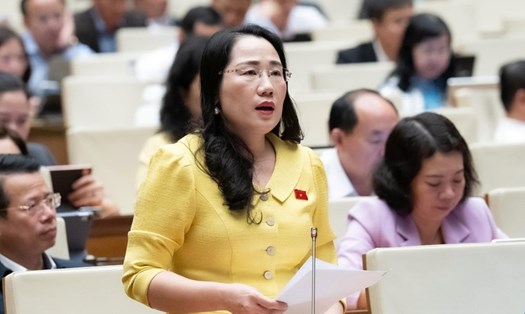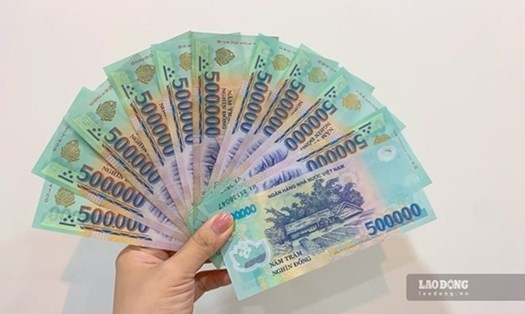At the seminar "Economic savings - The power of endogenous in the digital age" on October 30, Mr. Christian Grajek - Head Coordinator for Asia, International Cooperation Fund of German Savings Banks (DSIK) said that it is impossible to completely copy the savings model in Germany to Vietnam.
When mentioning the principles, Mr. Grajek informed about the principle of opening the door to customers with financial difficulties - those who are "not attractive" to commercial banks. Mr. Grajek suggested special account models for low-income groups.
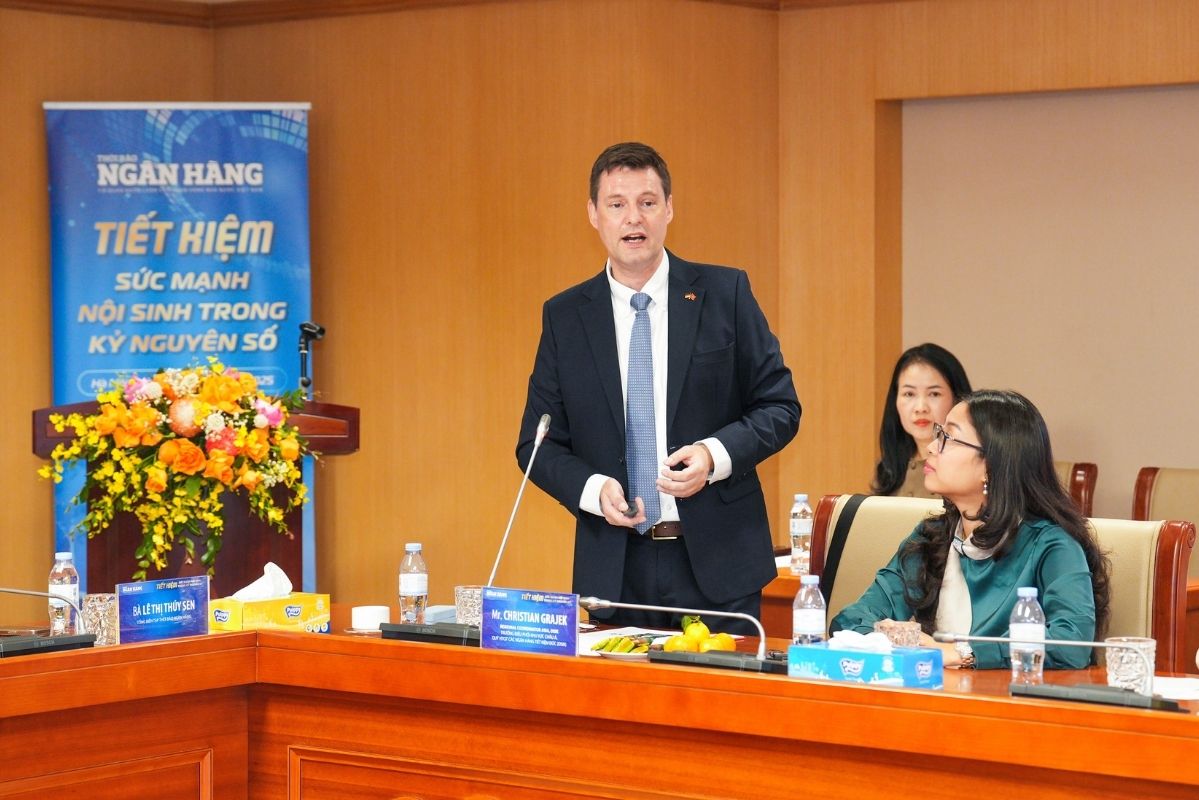
Second, it is necessary to increase access to banking and finance everywhere, promote inclusive and comprehensive finance.
Regional awareness needs to be promoted through the digital age when the coverage rate in big cities is increasing, while remote areas are still difficult to access.
Third, expand activities to rural areas, especially villages, directly meet people and reach future customers such as children and adolescents to tell them about the importance of saving.
According to a survey by the Department of Statistics and Forecasting - monetary and financial stability of the State Bank of Vietnam, savings in forms account for 47% of household savings (increased by income; higher in rural areas); 6% of informal savings (higher in rural areas); 0.4% of stocks; 0.6% of pension funds. Only 10% deposit to banks (increased according to education level and income; higher than in urban areas).
Dr. Le Duy Binh - Director of Economica Vietnam - commented: "Large commercial banks often do not care or are not strong enough to care for low-income groups. This is a space for microfinance institutions and community financial institutions to promote and fill that void".
According to Mr. Binh, the ability to reach people through microfinance institutions or near-people financial institutions is very important.
During the discussion session, many international organizations highly appreciated the model of the microfinance and Trade Organization (TYM) - Vietnam Women's Union. Most of TYM's customers are women, who are considered the breadwinner of the family's finances and the household's key chest.
Ms. Pham Thi Thuy Linh - General Director of the microfinance and Trade Organization (TYM) - Vietnam Women's Union said: "As a unit of the Vietnam Women's Union, we have the opportunity to approach 100,000 women in rural, mountainous areas to urban areas. The working process shows that women are the ones who initiate and maintain the habit of saving in the family".
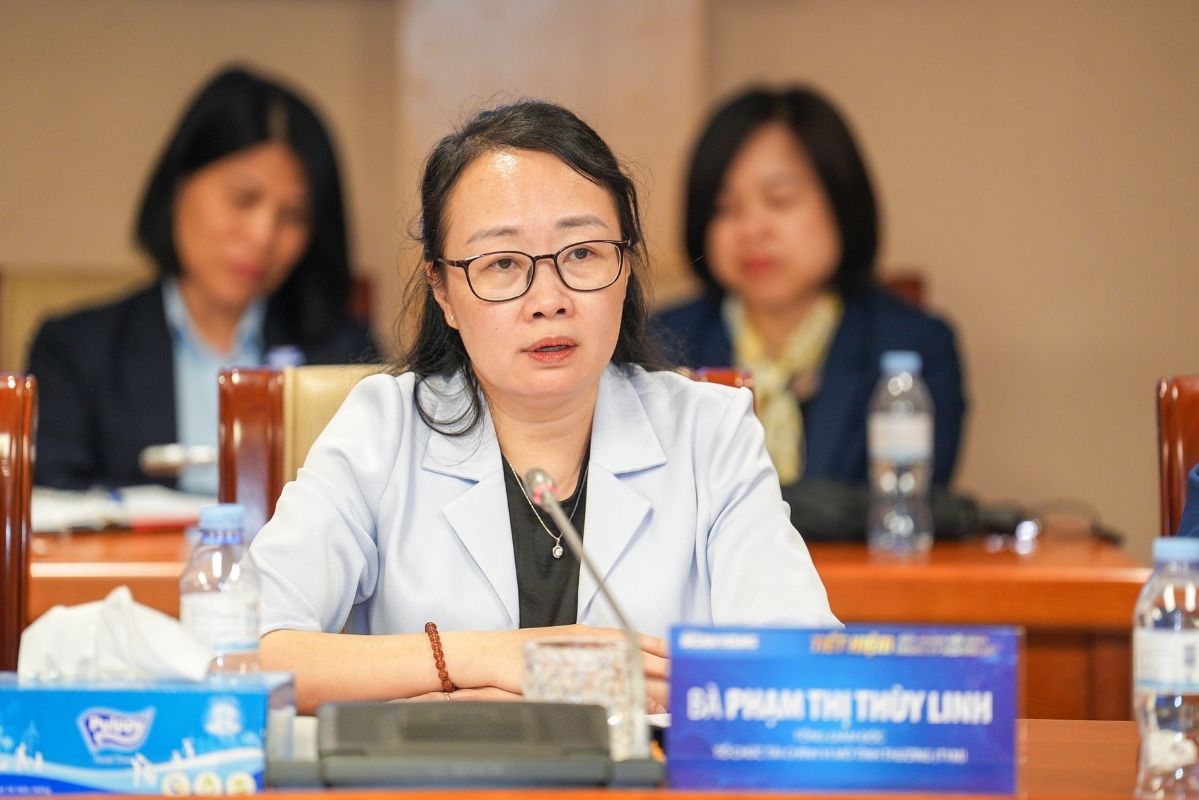
Ms. Linh added: "Every week, women regularly save from 5,000-10,000 VND, or even more. They not only save for themselves but also encourage husband and children to be frugal and spread the spirit of thrift to the community".
However, to increase savings capacity, not only the role of depositors, residents, and credit institutions is needed, but there is also a great role from policy makers.
According to Associate Professor, Dr. Le Thanh Tam - Institute of Banking and Finance, National Economics University, the culture of thrift is a strategic issue in the digital economy.
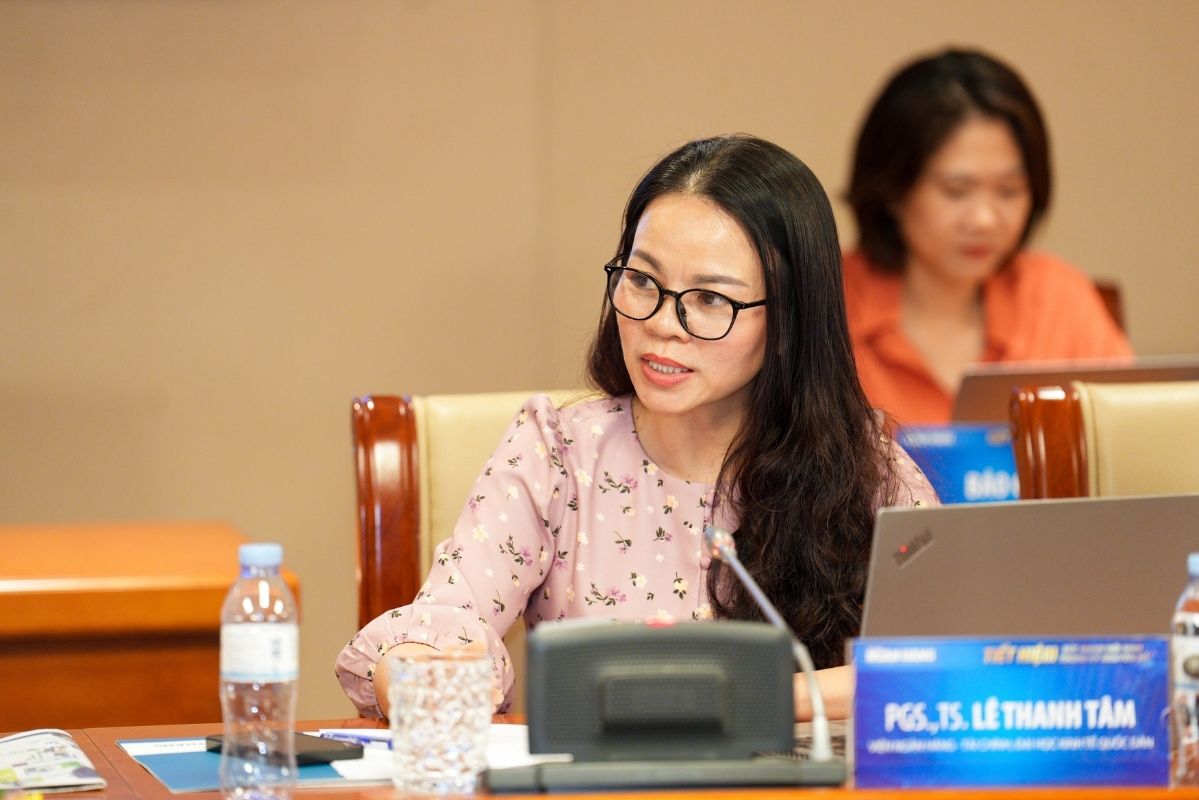
"For example, in the current storm and flood situation, people in the flooded areas of the Central region have had an emergency fund for a long time, which is the culture of thrift. In contrast, on October 1, when the US government closed, many civil servants had to queue up to receive food allowances after 3 weeks. This goes against the culture of thrift, which is a consumer culture" - Ms. Tam gave a specific example.
A culture of thrift is not only a matter of welfare but also a matter of financial discipline. Associate Professor, Dr. Le Thanh Tam recommends saving discipline every week, accumulating with goals, consuming selectively, prioritizing the use of resources for long-term investment instead of short-term consumption.

